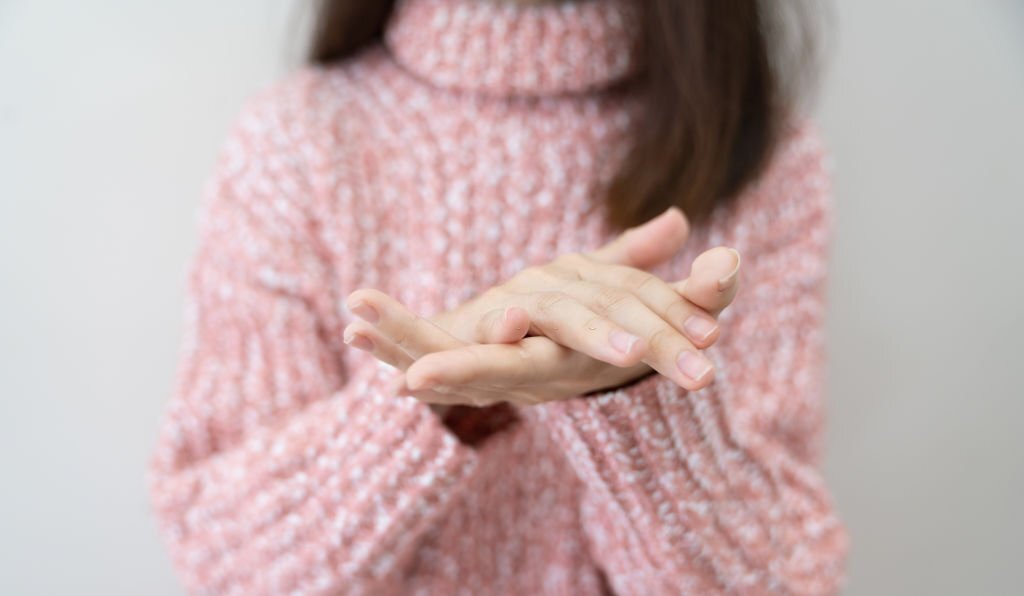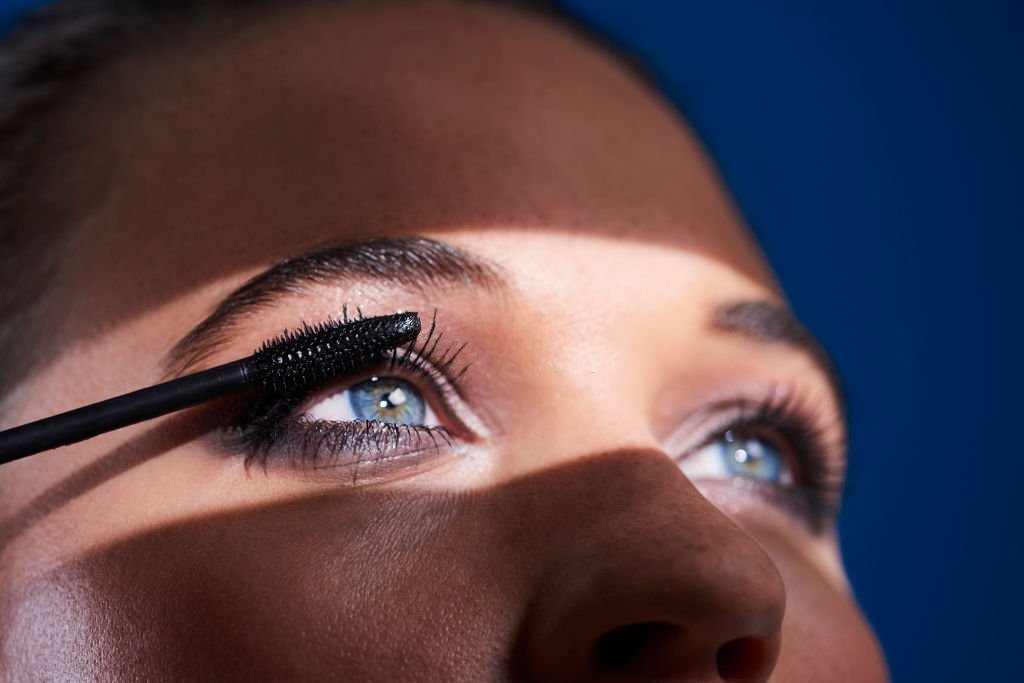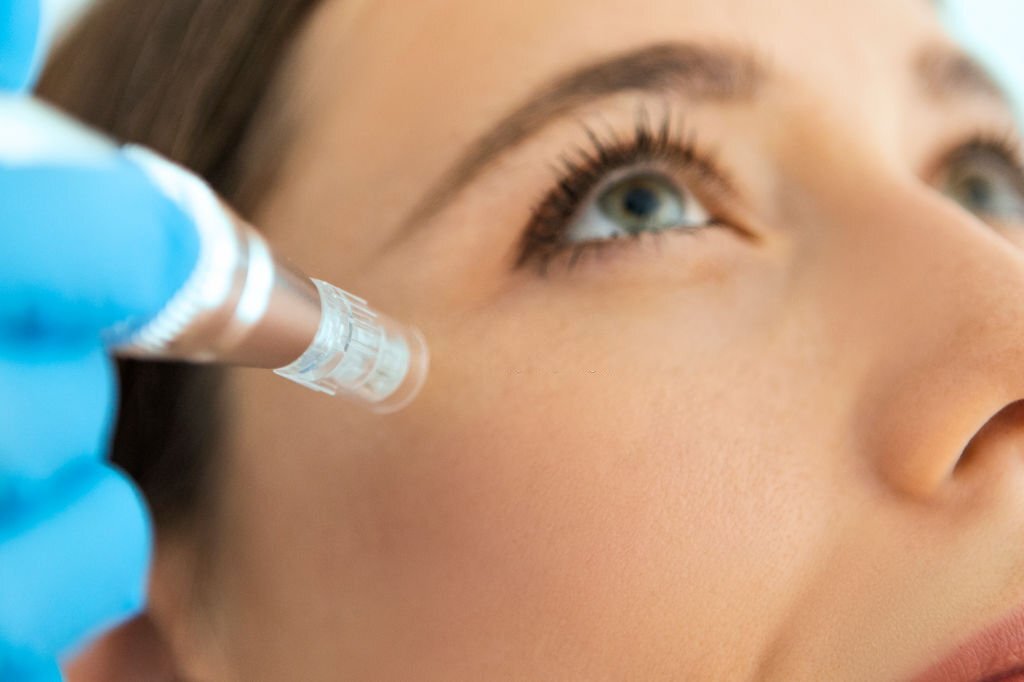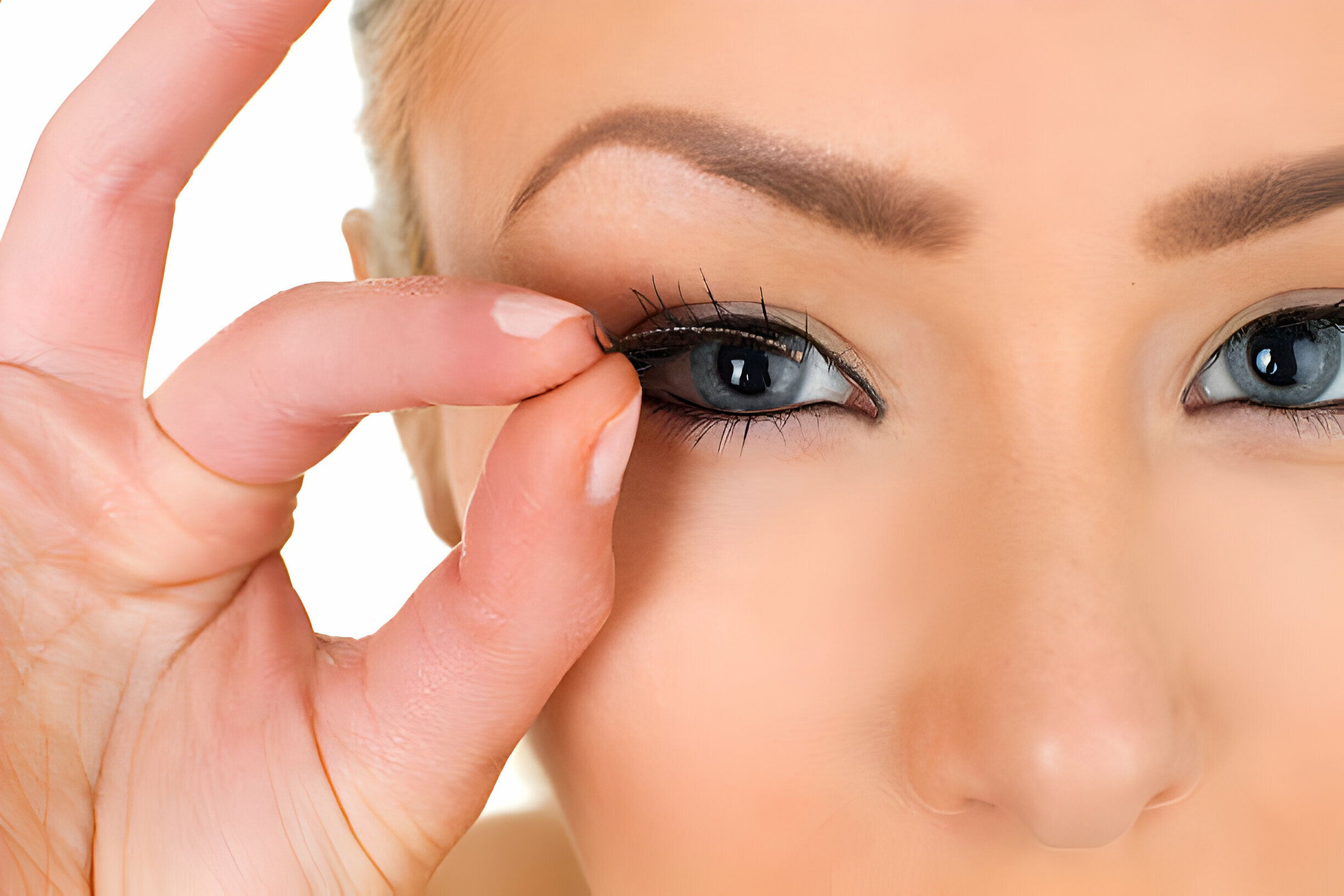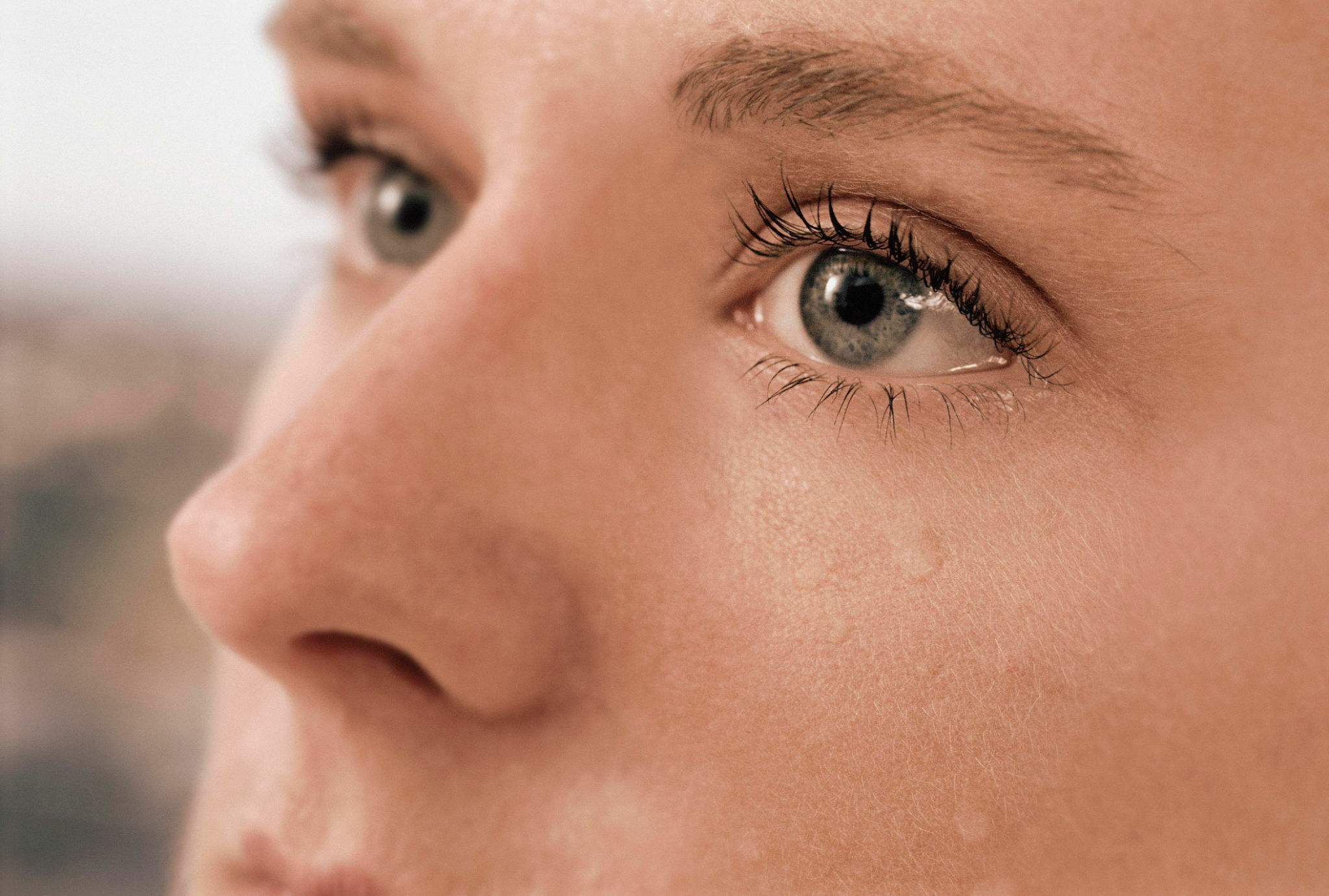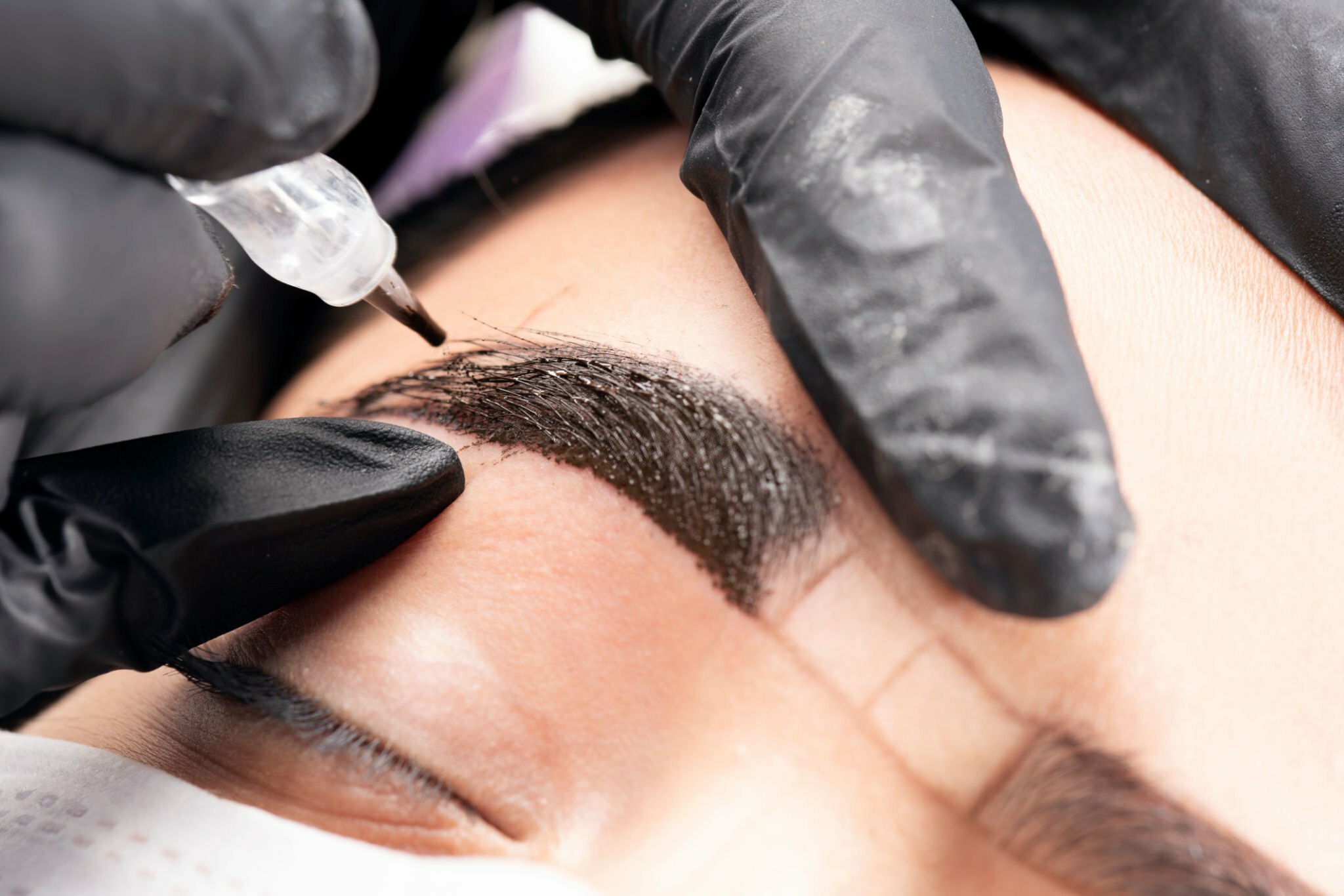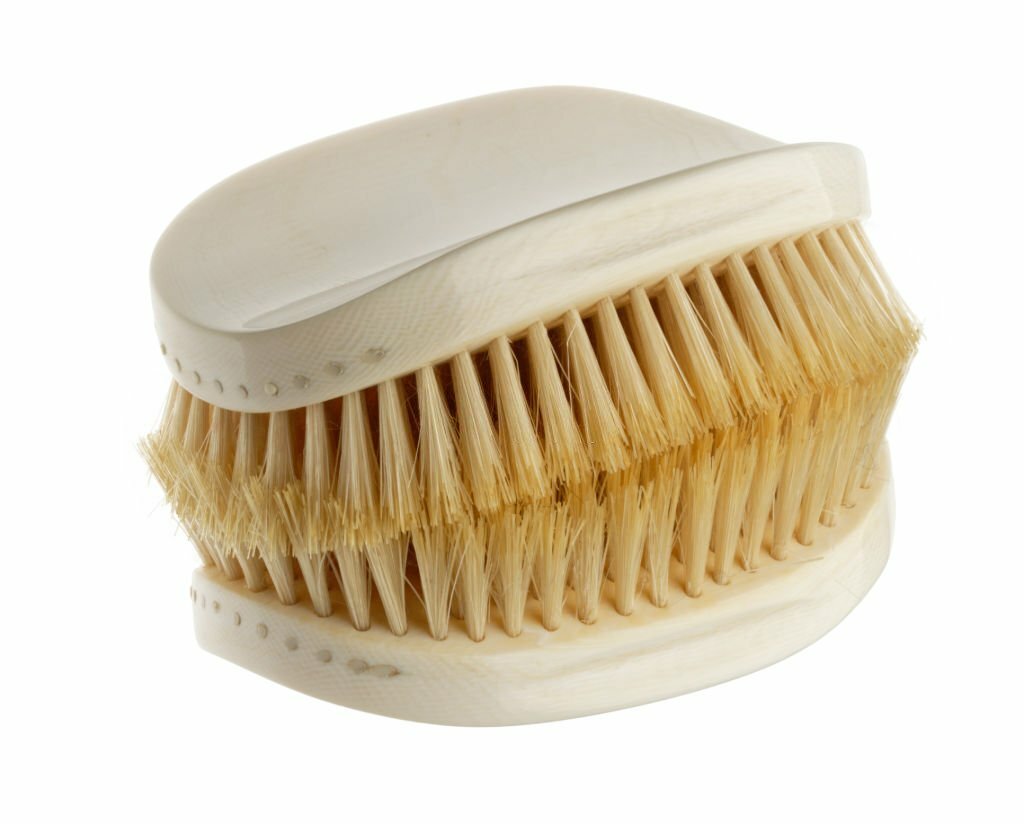How Long Does A Gel Manicure Take?
- What Are Gel Nails?
- Types Of Manicures And Pedicures
- Preparing for a Gel Manicure
- Steps Involved In A Gel Manicure
- Step 2: Gel Application
- Step 3: Final Steps
- Factors Affecting The Time Taken
- How Long Does A Gel Manicure Take?
- How Long Does A Gel Manicure Last?
- How Do You Remove Gel Manicures?
- Tips For Speeding Up Or Extending Gel Manicure Time
- FAQs
- Conclusion
In recent years, the world of nail care and beauty has seen a significant rise in the popularity of gel manicures. Gel manicures offer a long-lasting and chip-resistant solution, making them a favorite among individuals who desire perfectly polished nails for an extended period. However, with this newfound love for gel manicures, questions about the process have also emerged.
One of the most common questions asked is, “How long does a gel manicure take”
This article provides a comprehensive guide to understanding the time of getting a gel manicure. From the initial preparation to the final touches, we will take you through each step of the process and explore the factors that can influence the duration of the treatment.
What Are Gel Nails?
Gel nails refer to a type of artificial nail enhancement that involves the application of a gel-based substance onto the natural nails. These gels are typically composed of a flexible polymer resin mixed with a monomer, which forms a gel-like substance when exposed to ultraviolet (UV) light. The process involves several steps: the application of a base coat, the application of the gel polish in layers, and curing each layer under a UV or LED lamp. The curing process hardens the gel, creating a durable and glossy finish that is resistant to chipping and provides a natural-looking appearance. Gel nails are popular for their long-lasting results, versatility in design, and the ability to achieve a glossy, salon-quality finish that resembles natural nails. Gel nail enhancements can be used to extend the length of nails or to strengthen and enhance the appearance of natural nails.
Types Of Manicures And Pedicures
Manicures and pedicures are popular beauty treatments for caring for nails and skin on hands and feet, offering various types to cater to different preferences and needs.
Classic Manicure/Pedicure:
- The traditional and most common type of nail treatment.
- Includes nail shaping, cuticle care, hand/foot massage, and nail polish application.
French Manicure/Pedicure:
- Characterized by a natural base color with white tips.
- Classic and elegant look suitable for various occasions.
Gel Manicure/Pedicure:
- Uses a gel-based polish cured under UV or LED light for a long-lasting, chip-resistant finish.
- Ideal for those seeking extended wear without frequent touch-ups.
Acrylic Nails:
- A type of nail extension achieved using liquid and powder acrylic applied over natural nails or tips.
- Offers length and strength to nails and can be shaped as desired.
Shellac Manicure:
- Combines the features of traditional nail polish and gel nails.
- Provides a longer-lasting finish without the need for extensions.
Paraffin Manicure/Pedicure:
- Involves the application of warm paraffin wax to moisturize and soften the skin.
- Especially beneficial for dry and rough hands/feet.
Spa Manicure/Pedicure:
- A luxurious treatment that includes exfoliation, hydrating masks, and extended massage.
- Provides a relaxing and pampering experience.
Hot Stone Manicure/Pedicure:
- Incorporates heated stones during the massage to soothe and relax muscles.
- Enhances blood circulation and promotes relaxation.
American Manicure/Pedicure:
- Similar to a French manicure but with softer, more neutral shades for a natural look.
- Offers a subtle and sophisticated appearance.
Nail Art Manicure/Pedicure:
- Involves creative and intricate designs painted on the nails using various techniques like
- stamping, freehand painting, or decals.
- A fun way to express individual style and creativity.
Preparing for a Gel Manicure
Preparing for a gel manicure is crucial for a smooth, enjoyable experience, ensuring better adhesion and longevity. Follow these steps to ensure a successful gel manicure:
Clean Your Nails:
Before starting the gel manicure, ensure your nails are clean and free from old nail polish or residue. Use a non-acetone nail polish remover and lint-free cotton pads to remove any existing nail polish gently. Acetone-based removers can be harsh on the nails and may dry them out, so using non-acetone alternatives is best.
Shape And Trim Your Nails:
Use a nail clipper to trim your nails to the desired length, then use a nail file to shape them. Popular nail shapes include square, round, oval, and almond. Choose a shape that complements your nails’ natural shape and style.
Push Back Cuticles:
Gently push back your cuticles using a cuticle pusher or an orangewood stick. Avoid cutting the cuticles, which can lead to infections and damage the nail bed. Pushing back the cuticles creates a clean canvas for the gel polish application.
Buff Your Nails (Optional):
Some gel manicure kits or salons may recommend buffing the surface of the nails lightly. However, this step is optional and should be done cautiously, as excessive buffing can weaken the nails.
Cleanse Your Nails:
Wash your hands thoroughly with soap and water to remove oils or debris from the nail surface. Dry your hands and nails completely before proceeding with the gel manicure.
Choose The Right Gel Polish Color:
If you’re getting a gel manicure at a salon, take some time to choose the gel polish color you want. Gel polishes come in various shades and finishes, so select one that matches your style or complements the occasion.
Protect Your Hands from UV Light:
If you’re doing a gel manicure at home using a UV light curing system, consider applying sunscreen or fingerless UV protection gloves to shield your hands from potential UV exposure.
Steps Involved In A Gel Manicure
The gel manicure process involves several steps to ensure proper application and long-lasting results. Here are the typical steps involved in a gel manicure:
Nail Preparation:
- The nail technician or you will start by sanitizing your hands and nails.
- Any old nail polish will be removed using a non-acetone nail polish remover and lint-free pads.
- Nails will be shaped and trimmed according to your preference, and the length of the nails will be adjusted if necessary.
Cuticle Care:
- The nail technician gently pushes the cuticles back using a cuticle pusher or an orangewood stick. Avoid cutting the cuticles to prevent infections and damage.
- Excess cuticle tissue may be trimmed if needed, but this should be done minimally to avoid causing harm to the nail bed.
Base Coat Application:
- A thin layer of gel base coat will be applied to the entire nail surface. The base coat is essential for creating a smooth surface and helps the gel polish adhere better to the natural nails.
- After applying the base coat, your hands will be placed under an LED or UV light to cure the gel. The curing time varies depending on the brand of gel polish and the light used.
Gel Polish Application:
- Once the base coat is cured, the nail technician will apply your choice’s first layer of gel polish color. The gel polish should be applied evenly and precisely to avoid streaks or uneven coverage.
- After each layer of gel polish, the nails will be cured under the LED or UV light to ensure the color sets and dries.
Additional Color Coats (Optional):
- Depending on the opacity of the gel polish color, additional coats may be applied to achieve the desired intensity and color vibrancy. Each layer will be cured under the light as before.
Top Coat Application:
- Once the desired color intensity is achieved, a layer of gel top coat will be applied to seal and protect the color. The top coat also provides a glossy finish to the nails.
- The nails will be cured for the final time under the LED or UV light to set the top coat and complete the gel manicure.
Wipe Off Residue:
- After the final curing, any sticky residue left on the nails will be wiped off using alcohol or a gel cleanser. This step helps reveal the gel manicure’s shiny and smooth finish.
Hydrate and Moisturize:
- Your hands and cuticles will be moisturized with cuticle oil or hand lotion to nourish and keep the skin hydrated.
Step 2: Gel Application
The gel manicure process involves applying gel polish, ensuring a smooth, even, and long-lasting finish after nail preparation. This step requires careful and precise application.
Applying The Base Coat:
- The nail technician will start by applying a thin layer of gel base coat to the entire nail surface. The base coat is crucial as it creates a smooth foundation for the gel polish to adhere to.
- The base coat also helps to protect the natural nails from potential staining that can occur with highly pigmented gel colors.
Curing The Base Coat:
- After applying the base coat, your hands will be placed under an LED or UV light for curing. The curing time will depend on the brand of gel polish used, but it typically takes about 30 to 60 seconds per hand.
- LED lights generally have shorter curing times than UV lights, which take 2-3 minutes per hand.
Applying The Gel Polish Color:
- Once the base coat is cured, the nail technician will apply your choice’s first layer of gel polish color. The gel polish should be applied carefully to cover the entire nail surface without touching the cuticles or the skin around the nails.
- The nail technician will use smooth brush strokes for an even and streak-free application.
Curing The Color Coat:
- After applying the first layer of gel polish, your hands will be placed back under the LED or UV light for curing. Curing the gel polish ensures it sets and dries, providing a long-lasting and chip-resistant finish.
- The curing time will depend on the brand of gel polish and the thickness of the color layer but generally takes around 60 seconds for LED lights and 2-3 minutes for UV lights.
Additional Color Coats (Optional):
- Additional coats of gel polish may be applied depending on the opacity of the gel polish color and the desired intensity. Each layer will be cured under the light before applying the next coat.
- The number of additional coats depends on the gel polish brand, color, and look you want to achieve.
Ensuring Edge Coverage:
- The nail technician will ensure that the gel polish covers the edges of the nails to provide complete coverage and prevent premature chipping.
- Proper edge sealing is essential for a long-lasting gel manicure.
Applying The Top Coat:
- Once the desired color intensity is achieved, the nail technician will apply a layer of gel top coat. The top coat seals and protects the color layers, enhances shine, and adds durability to the gel manicure.
- The top coat will be cured under the LED or UV light for the final set, as with the color layers.
Step 3: Final Steps
The final steps of a gel manicure ensure a polished, well-maintained look by applying finishing touches and post-application care to protect and enhance the manicure.
Curing the Top Coat:
- Once the gel top coat is applied, your hands will be placed back under the LED or UV light for the final curing. Curing the top coat ensures it sets completely and adds the desired glossy finish to the nails.
- The curing time for the top coat is similar to that of the color coat, typically ranging from 60 seconds for LED lights to 2-3 minutes for UV lights.
Wiping Off Residue:
- After the final curing, a thin, sticky residue might be left on the nails. The nail technician will use alcohol or a gel cleanser to wipe off this residue, revealing the shiny and smooth finish of the gel manicure.
- Removing the residue is crucial to avoid a tacky or sticky feeling on the nails after the gel manicure.
Hydrate And Moisturize:
- After the gel manicure, your hands and cuticles will be treated with cuticle oil or a nourishing hand lotion to hydrate and moisturize the skin.
- This step helps keep the skin around the nails healthy and adds a polished look to your hands.
Avoiding Water Exposure:
- For the first few hours after the gel manicure, avoiding contact with water, including washing dishes or immersing the hands in water, is essential.
- This precaution helps the gel polish fully cure and ensures the manicure’s longevity.
Regular Nail Maintenance:
- To extend the life of your gel manicure, it’s essential to practice good nail care. Avoid using your nails as tools, wear gloves while doing household chores, and be gentle with your hands to prevent unnecessary stress on the nails.
Nail Oil Maintenance (Optional):
- To maintain the health of your natural nails and the gel manicure, consider using cuticle oil regularly.
- Applying cuticle oil to the nails and cuticles daily or as needed will keep them nourished and prevent them from becoming dry or brittle.
Factors Affecting The Time Taken
Factors influencing gel manicure time include duration, treatment duration, and overall process duration. Key factors include:
Experience And Skill Of The Nail Technician:
- The proficiency and expertise of the nail technician performing the gel manicure can significantly impact the time taken. Experienced technicians who are well-versed in the process can work more efficiently, leading to a quicker application.
Complexity Of The Nail Art Or Design (If Applicable):
- If you opt for intricate nail art or designs, such as hand-painted patterns, gradients, or nail embellishments, it will naturally extend the time required for the gel manicure.
- Intricate designs may require more precise application and curing of multiple layers, leading to a longer duration.
Use of LED Or UV Curing Light:
- The type of curing light used can affect the curing time for each layer of gel polish. LED lights generally have shorter curing times (usually around 30 seconds per layer), whereas UV lights can take longer (typically 2-3 minutes per layer).
- Choosing a salon with efficient LED lights can help speed up the gel manicure process.
Brand And Type Of Gel Polish:
- Different gel polish brands may have varying formulations and curing times. Some gel polishes cure faster than others, impacting the time taken for the entire gel manicure process.
- Additionally, certain types of gel polish, such as thicker or builder gels, may require more time to apply and cure.
Personal Nail Characteristics:
- The natural state of your nails can influence the gel manicure process. For instance, if you have ridges, uneven surfaces, or damaged nails, it may take longer to prepare and achieve a smooth base for the gel polish application.
- Nail conditions, such as nail peeling or excessive cuticle growth, may require additional attention and care during the manicure, which can extend the overall time.
Number of Coats and Curing Time:
- The number of coats applied, including the base, color, and top coats, will affect the overall duration. The more coats used, the longer the curing time required for each layer.
- Some gel polishes may require multiple coats to achieve the desired opacity, while others only need one or two coats.
How Long Does A Gel Manicure Take?

The time taken for a gel manicure can vary depending on various factors, such as the design’s complexity, the nail technician’s skill, and the type of curing light used. A gel manicure typically takes around 60 to 90 minutes to complete.
Here is a rough breakdown of the time involved in each step of a gel manicure:
- Nail Preparation: 5-10 minutes
- Gel Application (Base Coat, Color Coats, and Top Coat): 20-40 minutes
Curing Time (LED or UV Light): 2-5 minutes per coat - Wiping Off Residue and Finishing Touches: 5-10 minutes
How Long Does A Gel Manicure Last?
A gel manicure typically lasts two to three weeks, depending on various factors. The longevity of a gel manicure is attributed to the gel polish’s chip-resistant properties and ability to adhere firmly to the nails.
Proper nail care, such as avoiding harsh chemicals and wearing gloves during water-intensive activities, can help extend the manicure’s lifespan. However, individual factors like nail growth and lifestyle activities may impact how long the gel manicure remains intact.
With the right care and maintenance, gel manicures offer a durable and vibrant nail color that can last for several weeks, making them a popular choice among those seeking long-lasting nail perfection.
How Do You Remove Gel Manicures?
Removing a gel manicure requires careful and gentle steps to prevent damage to the natural nails. The most common method involves soaking cotton balls or pads in acetone and placing them on each nail.
Secure the cotton with aluminum foil wraps and let it sit for 10-15 minutes to allow the acetone to dissolve the gel polish. Gently scrape off the softened gel with an orangewood stick, being cautious not to scrape too aggressively.
Finish by buffing and moisturizing the nails to restore their health and appearance. While acetone can be drying, using cuticle oil and hand lotion afterward can help rehydrate the nails and cuticles.
Tips For Speeding Up Or Extending Gel Manicure Time
Choose a Salon with Efficient Technicians: Opt for a salon known for its skilled and experienced nail technicians. They can perform the gel manicure more efficiently, reducing the overall time.
- Pre-Select Your Gel Polish Color: Decide on the gel polish color you want before your appointment. This will save time during the selection process at the salon.
- Keep Nails Short to Minimize Shaping: If you prefer a quick gel manicure, maintain shorter lengths. Shorter nails require less shaping and filing, speeding up the process.
- Limit Nail Art Complexity: While nail art can be fun, intricate designs can significantly increase the manicure time. Opt for simpler designs or accent nails to save time.
- Use LED Curing Light: If given a choice, choose a salon that uses LED curing lights. LED lights have shorter curing times than UV lights, reducing the overall manicure time.
- Extending Gel Manicure Time: Proper Nail Care: To extend the life of your gel manicure, take good care of your nails. Avoid using them as tools, wear gloves during household chores, and be gentle to prevent chipping and lifting.
- Apply Cuticle Oil Regularly: Keep your nails and cuticles moisturized by applying cuticle oil daily. Hydrated nails are less likely to chip and peel, preserving the gel manicure.
- Avoid Harsh Chemicals: Be cautious with harsh chemicals like bleach and strong cleaning agents, as they can weaken the gel polish and cause premature chipping.
- Wear Gloves for Water-Intensive Activities: When performing activities that involve prolonged water exposure, such as washing dishes or swimming, wear protective gloves to safeguard your gel manicure.
- Be Mindful of Nails During Exercise: Be careful not to exert excessive pressure on your nails, as this can lead to damage or chipping. Consider wearing fingerless gloves during workouts to protect your nails.
FAQs
What Type Of Manicure Lasts The Longest?
Gel manicures typically last the longest compared to other types of manicures, with a lifespan of around two to three weeks. The gel polish’s chip-resistant properties and ability to adhere firmly to the nails contribute to its extended wear time.
What Is The Healthiest Manicure Type?
A regular, classic manicure using traditional nail polish is considered the healthiest option for nails. It allows the nails to breathe, and the absence of harsh chemicals like those found in gel or acrylic manicures promotes better nail health.
Are My Nails Too Short For Gel Nails?
Gel nails can be applied to nails of varying lengths, but there needs to be enough nail surface to ensure proper adhesion and longevity.
Do Gel Nails Have To Be So Thick?
Gel nails don’t have to be overly thick; the thickness can vary based on the desired look and the technique used by the nail technician.
What Is The Difference Between Gel Nails And Gel Polish?
Gel nails refer to extensions created using gel products, while gel polish is a nail polish cured under UV or LED light for a longer-lasting finish on natural nails.
How To Clean Under Acrylic Nails?
To clean under acrylic nails, gently use a soft-bristle brush or a manicure stick to remove dirt and debris without damaging the nails or the skin underneath. Be careful not to push too hard to avoid lifting the acrylics.
Conclusion
Manicures offer various options to suit different preferences and needs, including classic polishes, long-lasting gel manicures, and creative nail art. Gel manicures offer extended wear and a glossy finish, but it’s crucial to balance their benefits with proper aftercare for maintaining nail health. The choice lies with the individual, embracing nail beauty and care.
Jillian Ruffo
As a Beauty Care and Wellness Writer, of liveandfeel I focus on the holistic concept of wellness, encompassing mental, physical, and emotional health. I create engaging content that informs and empowers readers to prioritize self-care. My content celebrates diverse definitions of beauty and encourages self-love. I explore natural ingredients, cutting-edge beauty technologies, and mindfulness practices, fostering a sense of well-rounded well-being. My goal is to inspire readers to prioritize self-care and discover the latest trends in beauty.

